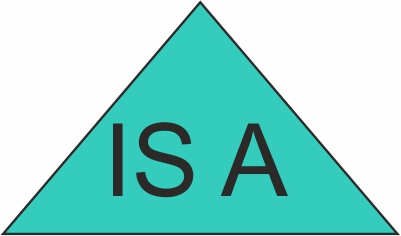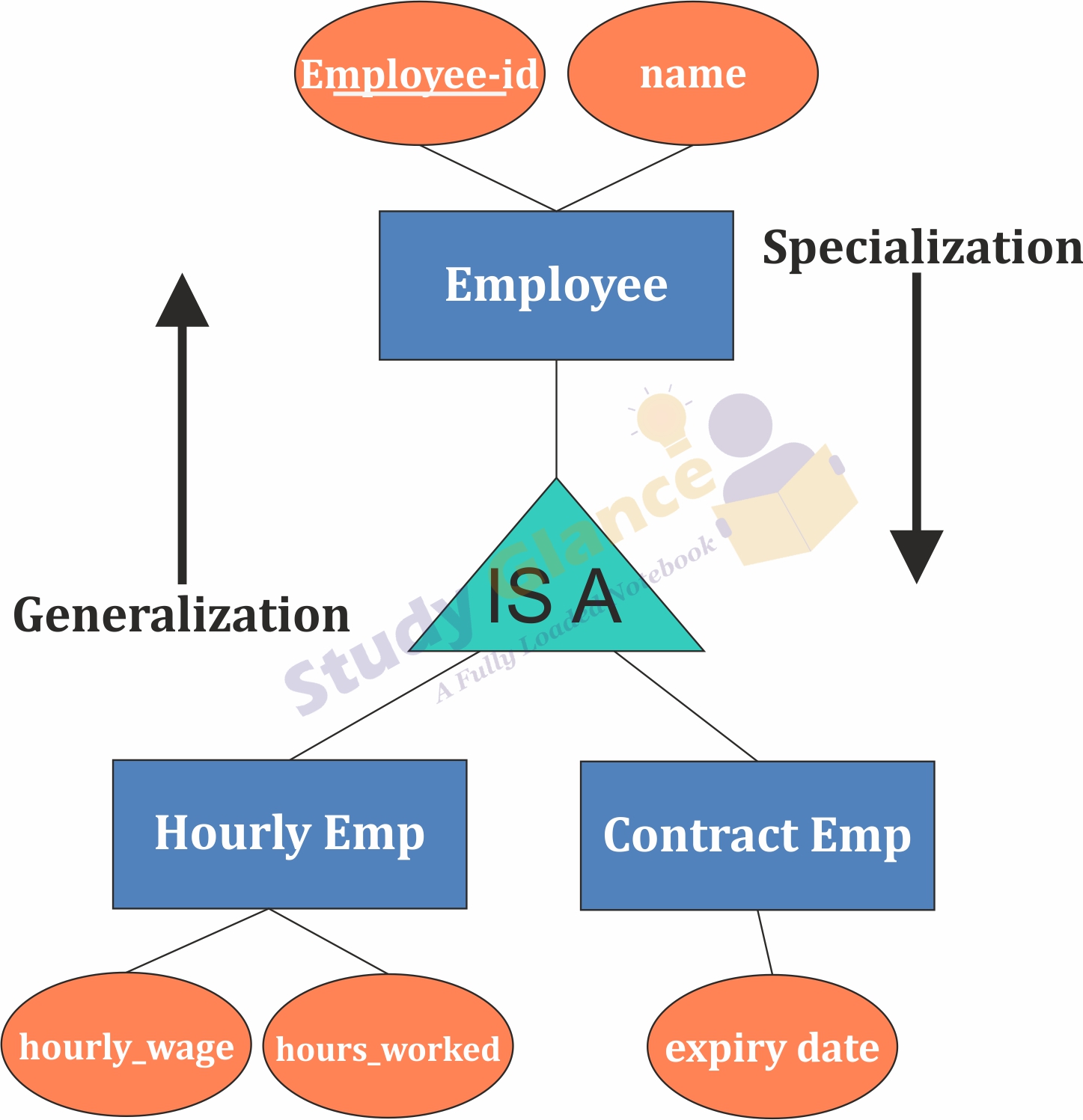Additional Features of the ER Model in DBMS
As the complexity of data increased, it became more and more difficult to use the traditional ER Model for database modelling. Hence some Additional Features were made to the existing ER Model to make it able to handle the complex applications better.
Hence, Three new concepts were added to the existing ER Model, they were:
- Generalization
- Specialization
- Aggregration
Some entities have relationships that form hierarchies. For instance, Employee can be an hourly employee or contracted employee.
In this relationship hierarchies, some entities can act as superclass and some other entities can act as subclass.
Superclass: An entity type that represents a general concept at a high level, is called superclass.
Subclass: An entity type that represents a specific concept at lower levels, is called subclass.
The subclass is said to inherit from superclass. When a subclass inherits from one or more superclasses, it inherits all their attributes. In addition to the inherited attributes, a subclass can also define its own specific attributes.
The symbol used for specialization/ Generalization is

Generalization
Generalization is a process of extracting common properties from a set of entities and creating a generalized entity from it. It is a bottom-up approach, and it helps to reduce the size and complexity of the schema.
Example: Let us take two low-level entities as Car and Bus, and these two will have many common attributes and some specific attributes. And We will generalize and link the common attributes to the newly formed high-level entity named Vehicle.
Specialization
Specialization is opposite to Generalization. In this, entity is divided into subentities bases on their charactertics(distingvishing features). It breaks an entity into multiple entities from higher level to lower level. It is a top down approach.

Aggregration
Aggregation refers to the process by which entities are combined to form a single meaningful entity. The specific entities are combined because they do not make sense on their own. To establish a single entity, aggregation creates a relationship that combines these entities. The resulting entity makes sense because it enables the system to function well.
Next Topic :Introduction to the Relational Model in DBMS